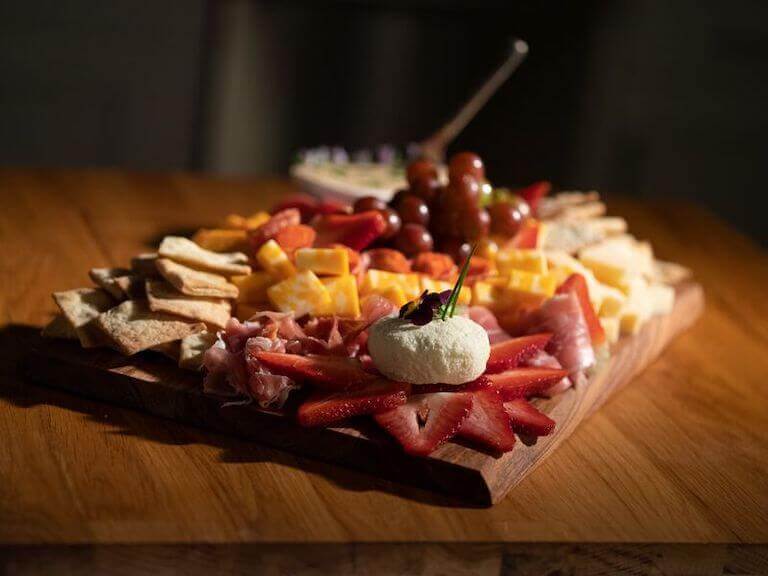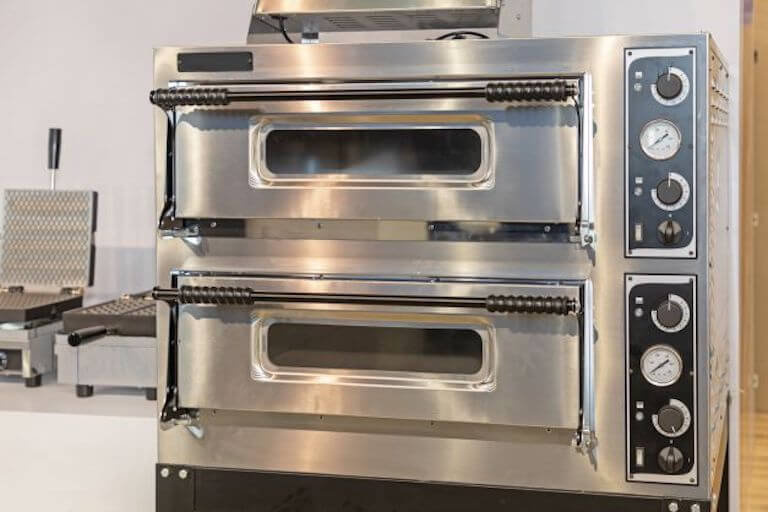It’s ordering day at your restaurant, so you pull up your inventory system and place a call to your rep over at your primary supplier. But as you discuss your needs for the week, you notice a common trend.
“Oh yeah, those eggs you get? They’re a dollar more a dozen now.”
“The scallop prices are all over the place. The harvest is low and with inflation…you’re looking at about 25% more for a pound of U15 scallops.”
“I know you usually go through a lot of vegetable oil. Yeah, it’s up about 25% from a year ago.”
Inflation is currently impacting every aspect of the restaurant business. From food to supplies to labor to natural resources, costs are growing. But with some careful planning and creativity, restaurants can weather the storm. Here are eight steps you can take that may help you stay profitable in the face of restaurant inflation.
1. Tweak Your Menu
Take an objective look at your restaurant menu and product sales mix. Are there any dishes that are selling far below average? If so, consider removing them. A shorter menu is (in most cases) easier to execute, which may save on labor costs and food costs.
You could also swap out expensive proteins for more affordable options. You may want to replace a pricey item with a different, more economic substitution. For example, instead of buying pre-fabricated chicken breasts, you could purchase a whole chicken and use the various cuts for multiple dishes. Alternatively, you could swap the protein entirely for something such as lentils depending on the dish!

The option to raise prices is always available, but be careful about raising them too high and all at once. This can create sticker shock for your customers—especially at a time when they, too, are feeling the sting of inflation. A smarter idea is to look into seasonality and local sourcing. You may find less expensive items that are in season, plus buying local saves on transportation costs.
2. Take a Close Look at Your Hours
Your point of sale system should be able to run reports showing your restaurant sales by the day and by the hour. Look at those numbers to make sure each hour is earning money, not costing money.
If you open at 10:30 a.m. but don’t get much business until the noon lunch rush, you could be wasting money on labor. What about Mondays and Tuesdays? Are you subsidizing these lower sales days with your busy weekends?
Take a hard look at the numbers by the day and by the hour. Remember—every hour you’re open, you’re spending money on things like labor, gas, electricity, water, and heat or air conditioning, among others.
3. Consolidate Vendors
If you’re currently ordering products from several different vendors, are there any opportunities to streamline your procurement process? When you buy more from a single vendor, there may be an opportunity to get better rates, as most vendors are willing to offer discounts to bigger customers.
You could also ask one of your vendors if they’d be willing to offer you an incentive to shift more of your purchases to their company. Even a small discount could save you hundreds of dollars per month on inventory.

Try to order produce from fewer vendors to reduce costs.
4. Spend Wisely
Was this the year that you planned to do some renovations to the dining room or invest in new furniture? Perhaps those expenses should be pushed off for a year or so.
Even if you have the cash set aside for these improvements, you may want to consider that money an emergency fund—at least until inflation cools down and the economy stabilizes.

5. Try New Marketing Initiatives
Inflation doesn’t just impact businesses. It impacts how people spend their money. As groceries, clothing, gas, and household goods get more expensive, some people will choose to cut back on their restaurant spending.
Fortunately, data shows that consumers prefer to look for more affordable dining out options, rather than not dining out at all. So with savings-focused marketing strategies, you may be able to keep people coming back.
Try to keep more of those dollars coming your way with deals and special offers. You could give each dine-in customer a discount or coupon for their next visit. It’s much easier to earn a repeat customer than find a new one!

Offer a slightly smaller charcuterie board at a lower price to help cost-conscious diners.
Another option is to offer a few lower-priced items to earn customer loyalty as they grow increasingly cost-conscious. These items could go on your normal menu, or you could create a happy hour-style menu with smaller portions of menu favorites at a reduced price. For instance, if your “standard” charcuterie board included four cured meats, four aged cheeses, and two patés, perhaps your “happy hour” version could have three cured meats, three cheeses, and only one paté.
6. Consider Implementing New Technology
Even though you want to watch your pennies, there could be value in a new investment—if that investment ultimately helps you cut costs. Mobile handhelds, for example, allow servers to place orders and present the check without trekking back to a POS terminal. This could allow each server to handle more tables at a time, which means you may need fewer servers per shift.
A less expensive option could be tableside QR codes that allow customers to scan and place their orders themselves from their smartphones—another labor-saving option.
7. Perform Routine Maintenance on Equipment
Equipment costs are rising along with everything else. One restaurant owner told the New York Times that he had to replace two refrigerators recently, at a cost nearly 80% higher than they would have been three years ago.
New refrigerators, freezers, ovens, and water heaters can cost thousands of dollars, so investing in maintenance to keep them running as efficiently as possible can help you save money. Find a reputable technician to do routine maintenance, and replace components as necessary to keep the overall unit in working order as efficiently as possible.

Do routine maintenance to keep expensive equipment working.
8. Look to the Future
Today’s weather and climate challenges could be tomorrow’s increased prices. For example, hail has damaged thousands of hectares of grapes in the Cognac, Claret, and Beaujolais regions this summer. So it’s very likely that these wine varietals will see increased prices soon.
To get out ahead of these prices, you may want to look at wines in other regions that have had more favorable growing seasons. Keep an eye on what the events of today could mean for the future, and try to anticipate how they could affect your bottom line.
Do You Feel Equipped to Handle Restaurant Inflation?
This is a challenging time for restaurant owners, managers, and chefs. Do you have the tools to handle it…and any other difficulties the future throws at you?
An education in culinary arts or restaurant management could help. With increased knowledge of food costs, labor costs, marketing techniques, and menu planning, you may be better equipped to keep your restaurant afloat through times of inflation.
And with some programs taking just 30 weeks to complete, you could have those tools in your toolbox before prices get back to normal. Explore our programs to find the right one to help you with your business!
To learn more about restaurant management, try these articles next:



